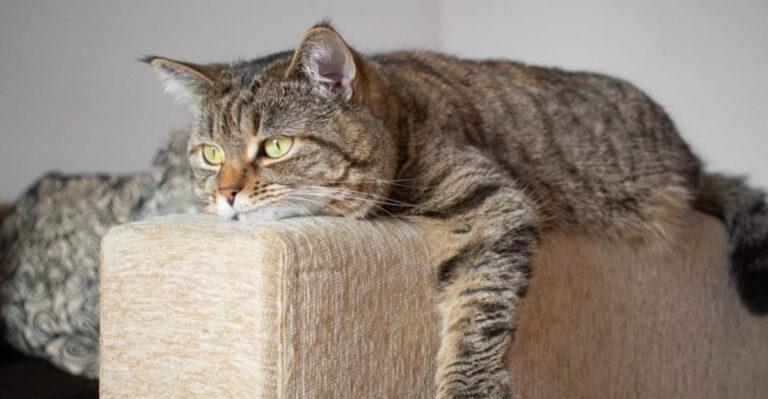28 Must-Know Cat Discipline Tips Every Owner Should Master
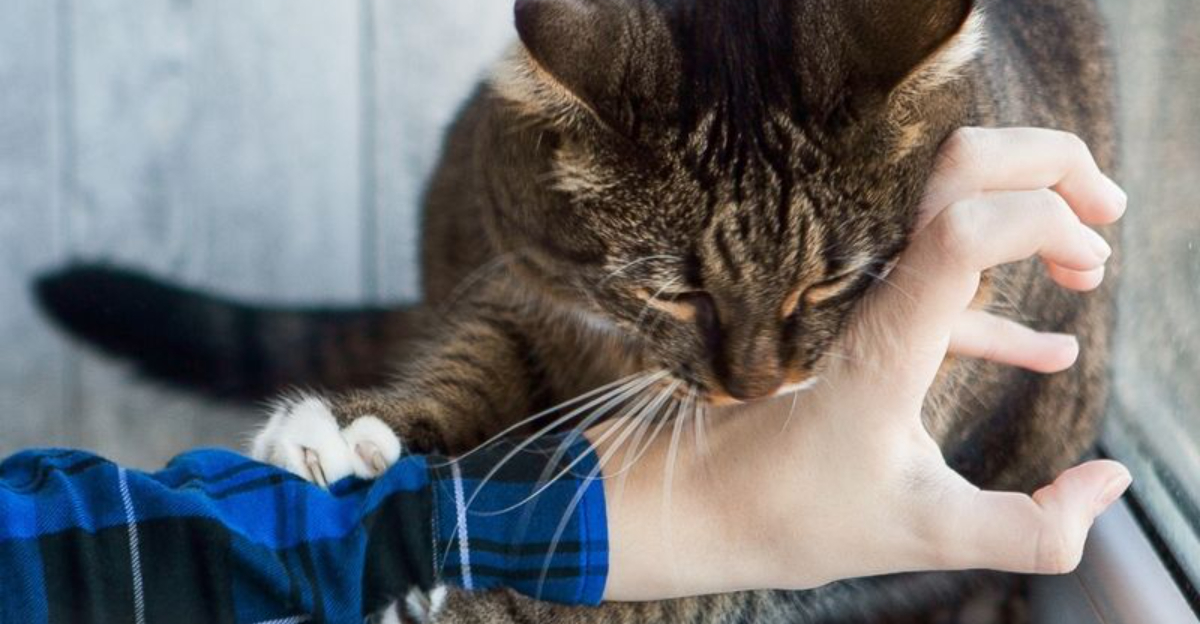
Cats, known for their independence and playful nature, sometimes need a gentle hand in guiding their behavior. While each feline has its unique personality, some common discipline strategies can help ensure a harmonious household.
It’s essential to approach cat discipline with patience, understanding, and the right techniques to foster a positive environment for both you and your feline friend.
1. Rewarding Positive Behavior
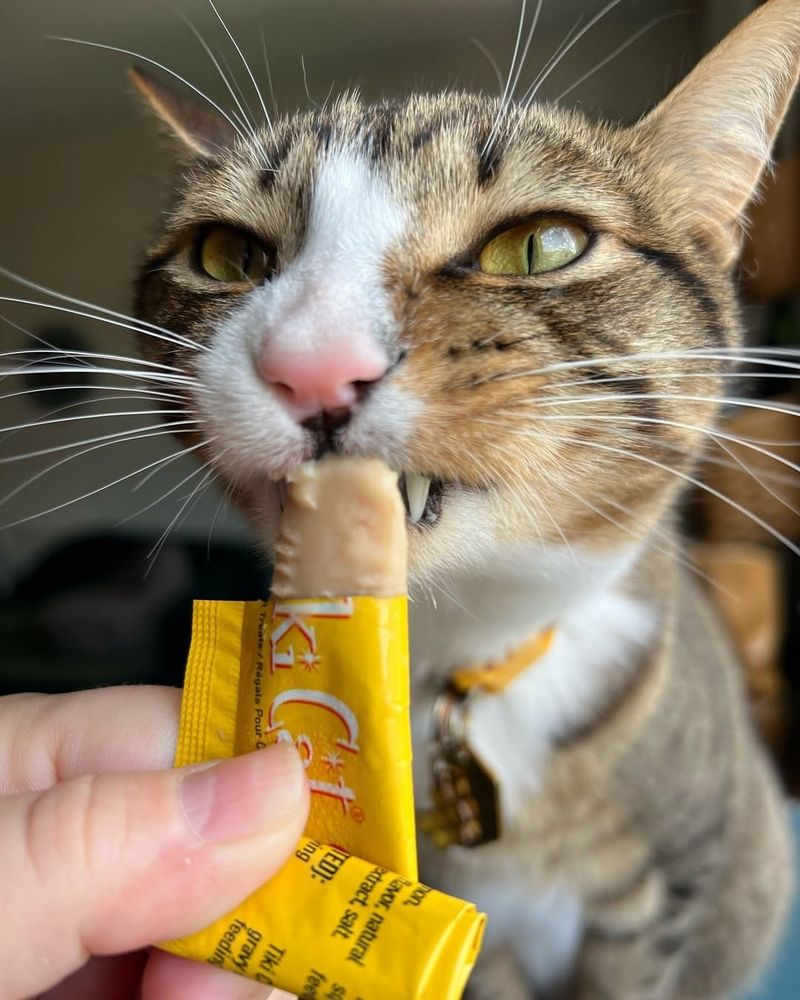
One of the most effective ways to encourage good habits in your cat is by rewarding positive behavior. Whether it’s using treats, affection, or praise, consistently rewarding your cat when they exhibit desirable actions, such as using their scratching post or obeying commands, reinforces these behaviors.
Positive reinforcement helps build a connection between good actions and rewards, encouraging your cat to repeat those behaviors in the future.
2. Understanding Your Cat’s Behavior

To properly discipline a cat, it’s essential to understand their unique behaviors. Cats have distinct personalities and ways of communicating, often through body language or vocalizations.
By observing their actions, such as tail flicks or ear movements, you can better understand what they’re trying to communicate, allowing you to address unwanted behaviors effectively.
3. Positive Reinforcement
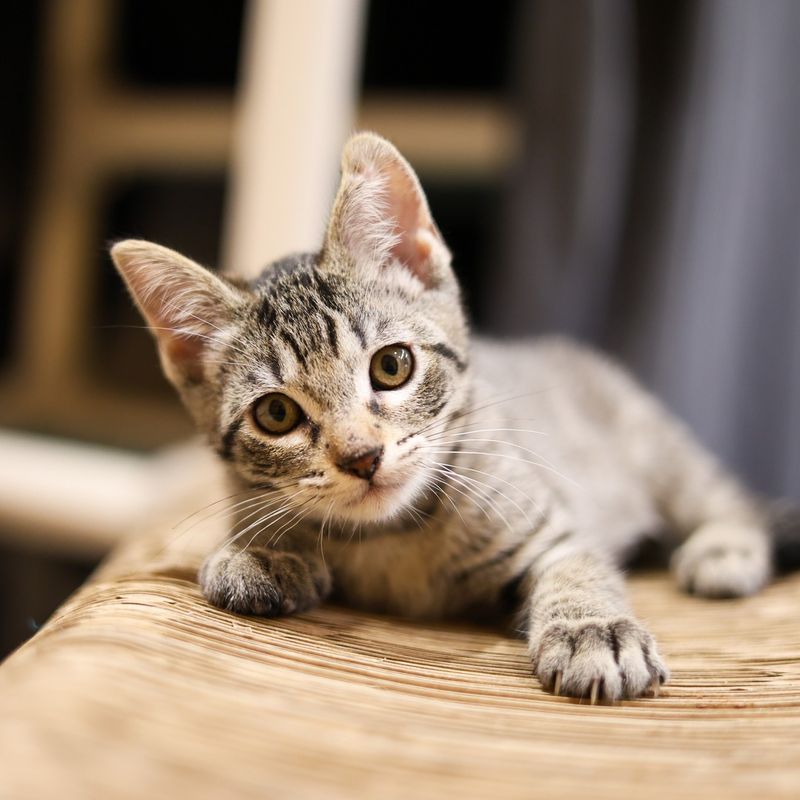
Positive reinforcement is one of the most effective methods for encouraging good behavior in cats. Rewarding desirable behaviors, such as using the litter box or scratching on appropriate posts, with treats or praise helps to strengthen those actions.
Cats are more likely to repeat behaviors that are rewarded, so consistently reinforcing positive actions will result in a well-behaved pet.
4. Deterrent Sprays

Deterrent sprays can be a useful tool for preventing cats from engaging in unwanted behaviors, such as scratching furniture or chewing on cords.
These sprays contain scents that are unpleasant to cats, such as citrus or herbal oils. When sprayed in areas you want to protect, they help teach your cat that these spots are off-limits without causing harm.
5. Clicker Training
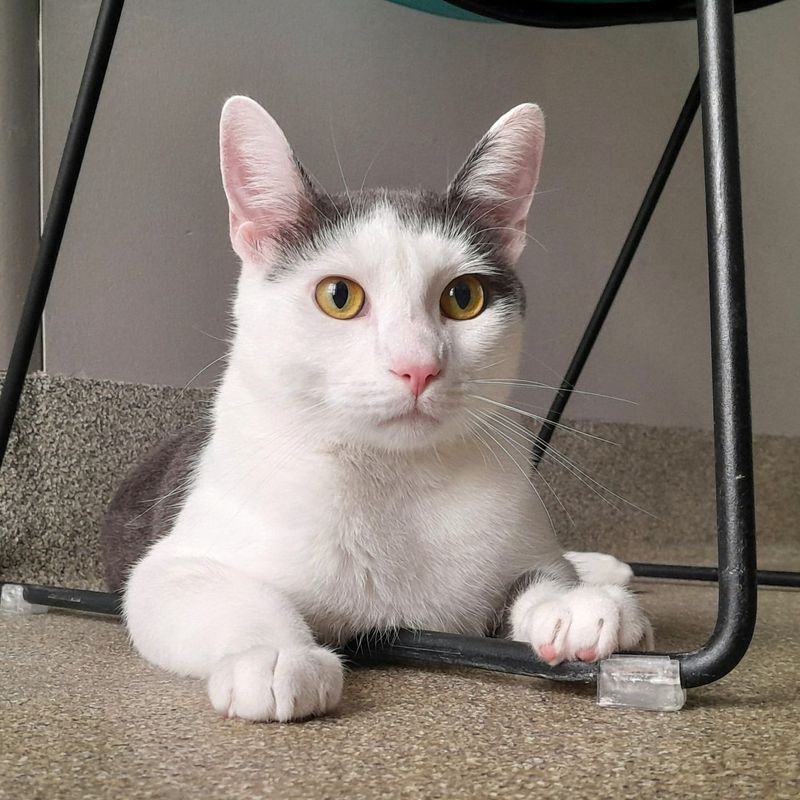
Clicker training is a fun and effective way to teach your cat new behaviors. This method involves using a clicker to mark the exact moment your cat performs the desired action, followed by a reward.
The consistent sound of the clicker paired with positive reinforcement helps your cat learn quickly and develop good habits.
6. Establishing Boundaries
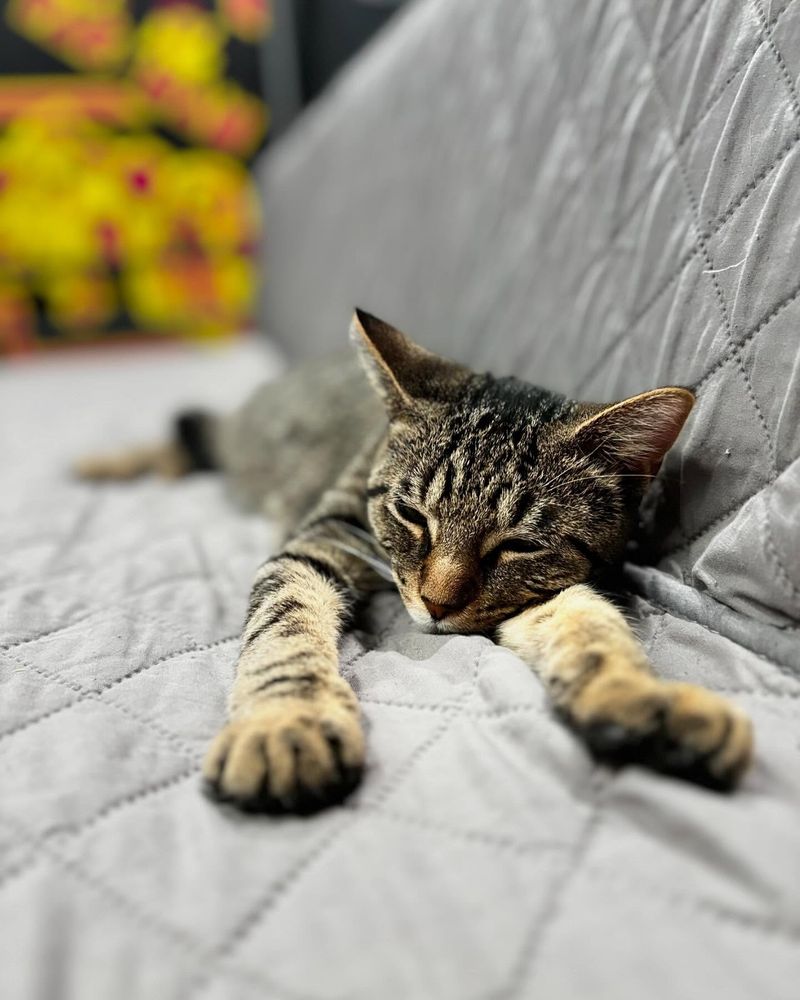
Establishing clear boundaries is crucial for disciplining your cat. Whether it’s keeping them off the counter or preventing them from entering certain rooms, consistency is key.
Use verbal cues or deterrent methods to enforce these boundaries, and your cat will learn what behaviors are acceptable and what are not.
7. Ignoring Unwanted Behavior
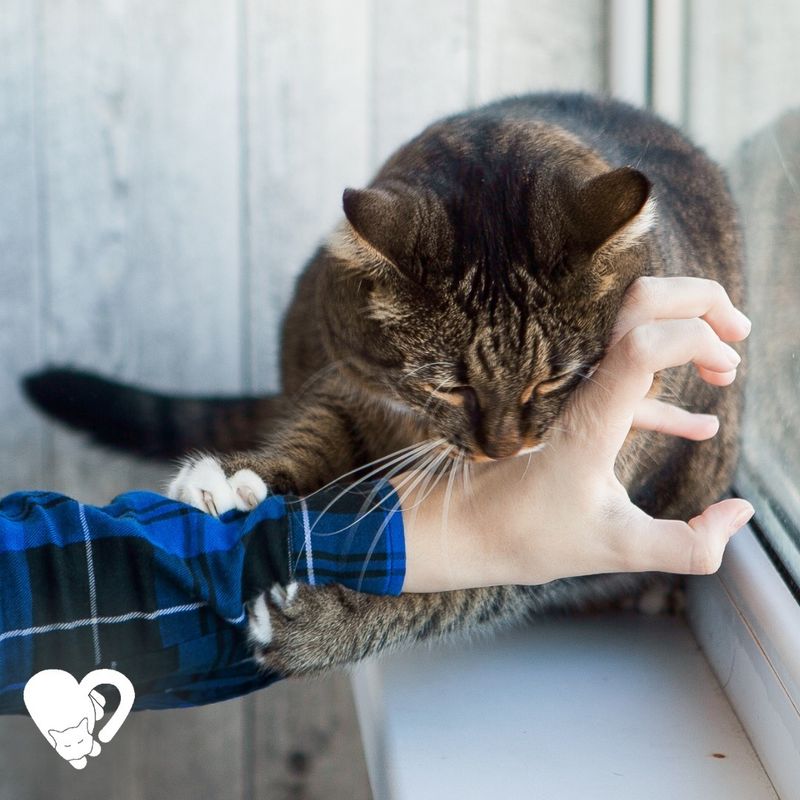
Sometimes, the best way to handle unwanted behavior in cats is to simply ignore it. Cats often act out to gain attention, so giving them no response when they engage in undesirable actions can be a powerful deterrent.
Over time, they will learn that bad behavior does not result in positive outcomes, encouraging them to change their actions.
8. Using Time-Outs

If your cat exhibits overly aggressive or disruptive behavior, a time-out can help them calm down and reset.
Removing your cat from a situation and placing them in a quiet, comfortable space for a few minutes can help break the cycle of undesirable behavior. Time-outs give your cat the opportunity to calm down and think before rejoining the environment.
9. Providing Alternatives
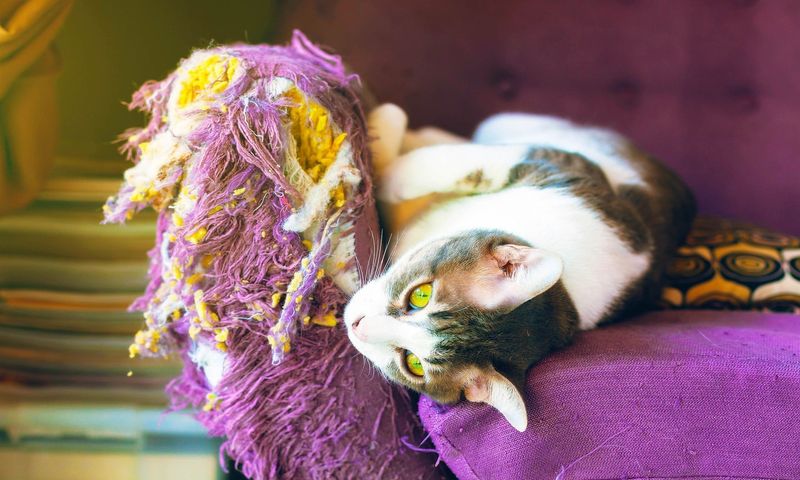
If your cat is engaging in destructive behavior, such as scratching furniture or biting, providing an alternative can help redirect their attention.
Offer them scratching posts, toys, or other items to fulfill their natural instincts. By offering alternatives, you help your cat understand what’s acceptable to scratch or chew on.
10. Consistent Training Sessions
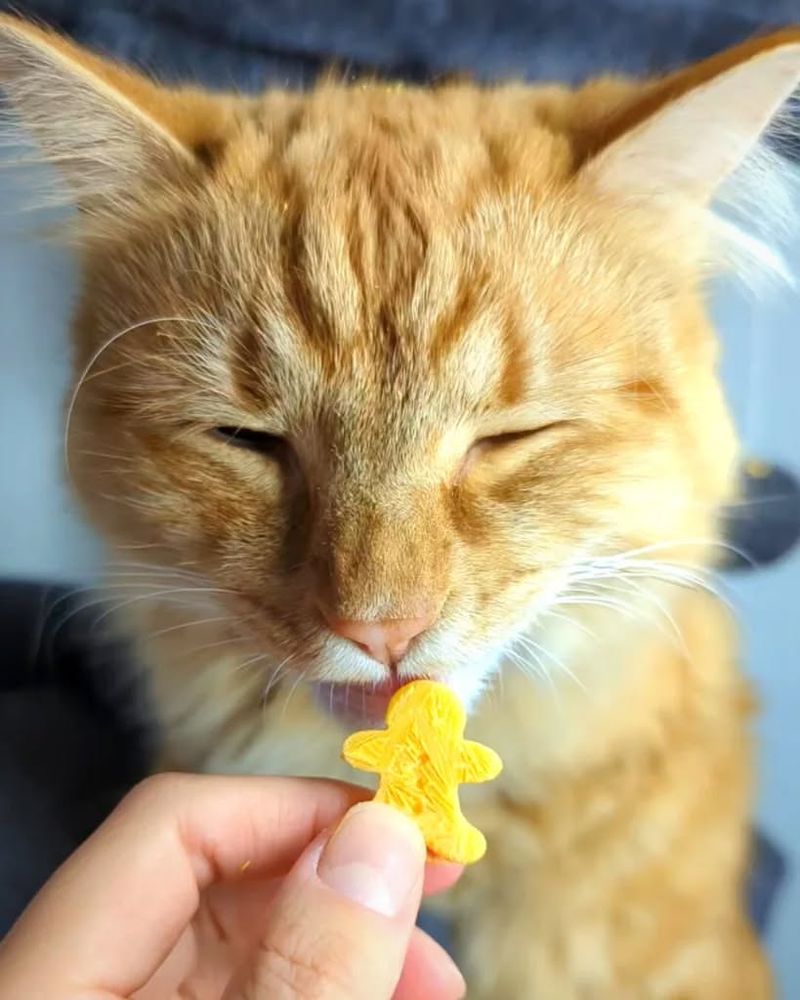
Consistency is key when it comes to training your cat. Set aside time each day for short training sessions, using positive reinforcement to encourage good behaviors.
Cats thrive on routine, so the more consistent you are in your training, the more effective it will be in shaping their behavior over time.
11. Creating A Routine
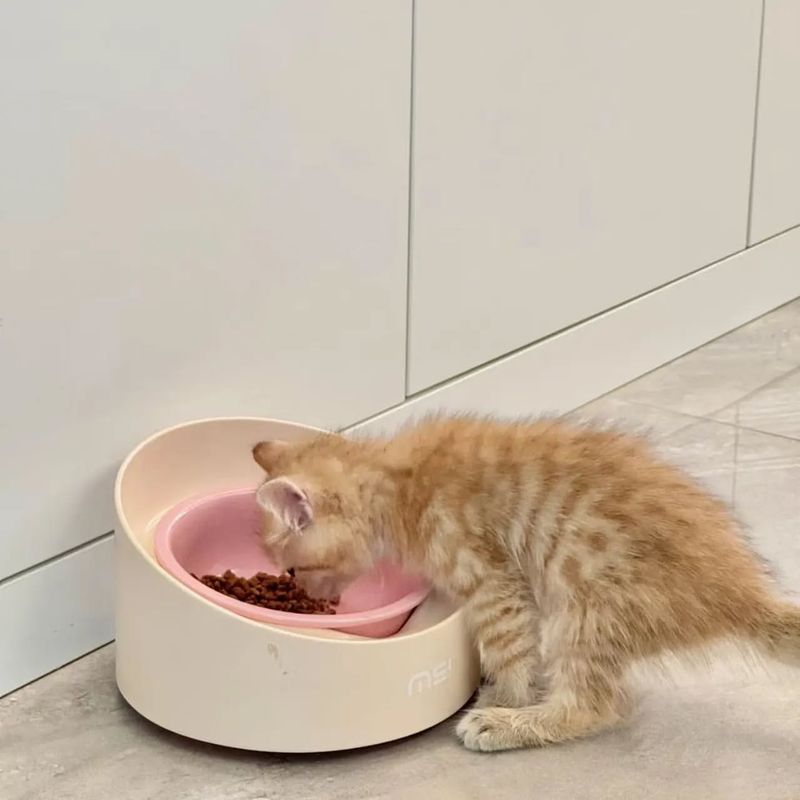
Cats are creatures of habit and feel more secure when they have a predictable routine. Regular feeding times, play sessions, and quiet time can help establish structure in their day.
When your cat knows what to expect, it can help prevent stress-related behaviors and create a more harmonious environment.
12. Socialization
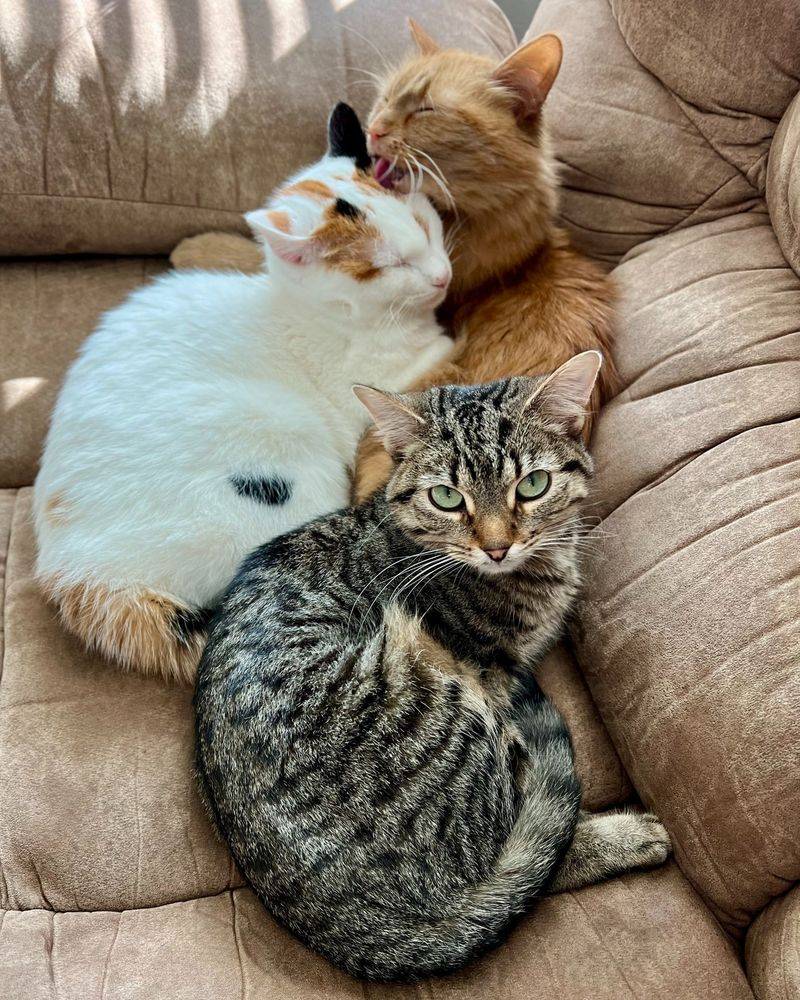
Properly socializing your cat from an early age is essential for fostering positive interactions with other pets and people.
Gradually introduce them to new environments, sounds, and experiences to help them become comfortable in various situations. Well-socialized cats are less likely to become fearful or aggressive in unfamiliar circumstances.
13. Patience Is Key
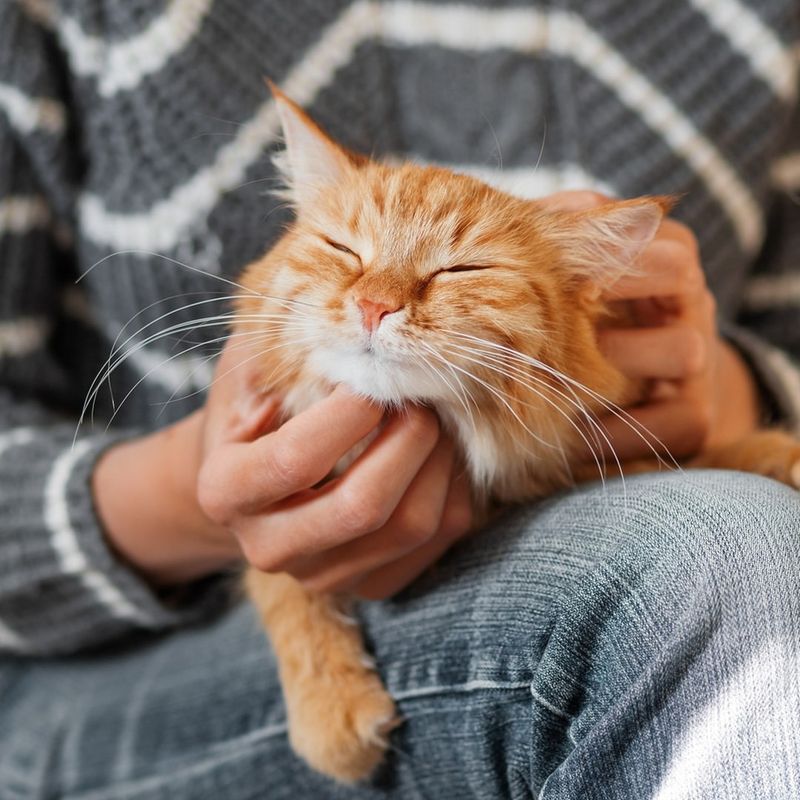
Training a cat takes time, and patience is crucial for success. Cats don’t always learn quickly, so it’s important to remain calm and persistent.
By maintaining a patient attitude, you create a positive environment for learning and help your cat feel more comfortable during training.
14. Avoiding Physical Punishment
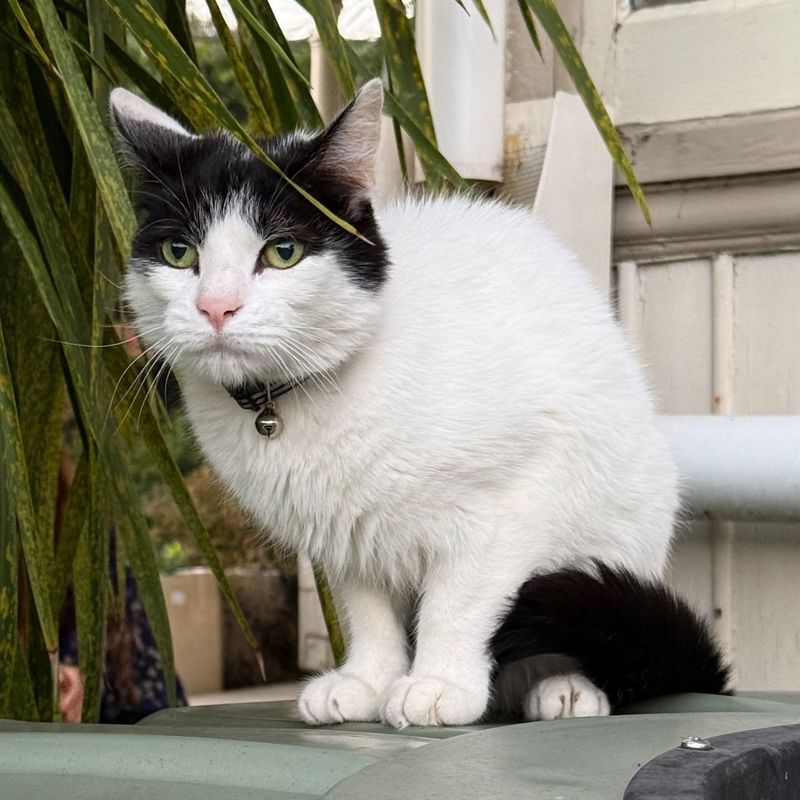
Cats respond poorly to physical punishment, which can lead to fear and mistrust. Instead of resorting to hitting or other forms of physical punishment, focus on using positive reinforcement and gentle corrections to address unwanted behavior.
This approach will create a stronger bond between you and your cat and promote a healthy, respectful relationship.
15. Environmental Enrichment
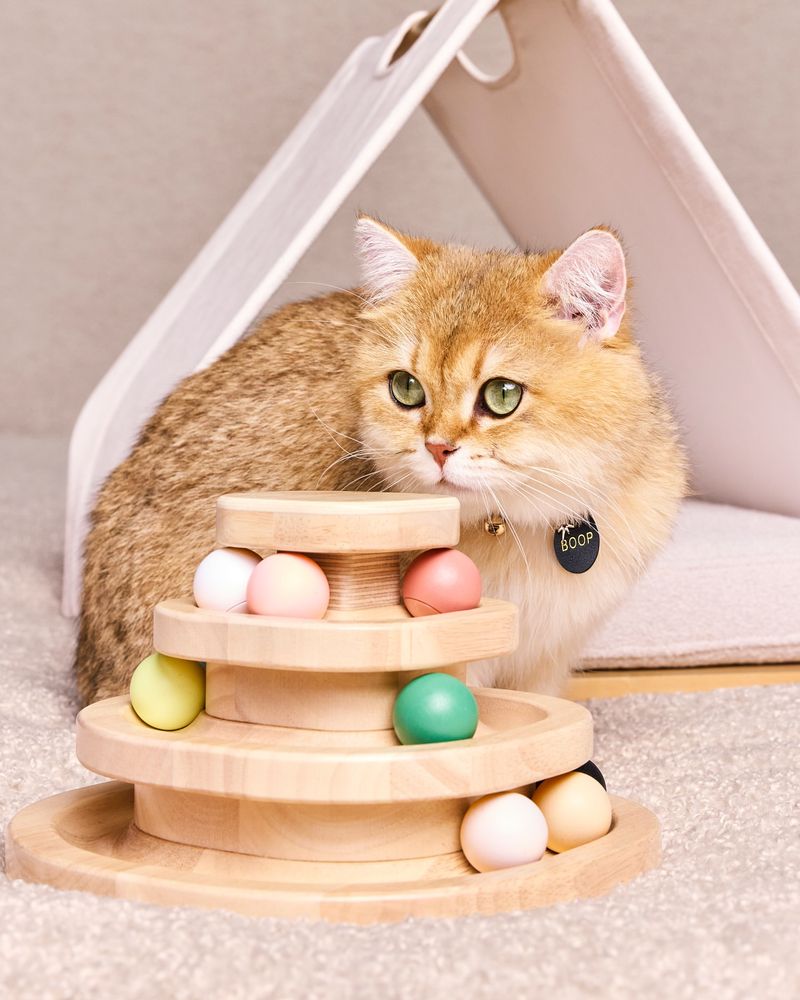
Cats need mental and physical stimulation to prevent boredom and destructive behavior. Providing them with a variety of toys, climbing structures, and interactive playtime can help keep them engaged and happy.
A well-enriched environment will keep your cat occupied and reduce the likelihood of behavioral issues.
16. Understanding Triggers

To address your cat’s unwanted behavior, it’s important to understand the triggers that cause it.
Whether it’s loud noises, other animals, or changes in their environment, identifying these stressors allows you to mitigate them and create a calmer, more comfortable living space for your cat.
17. Encouraging Good Behavior
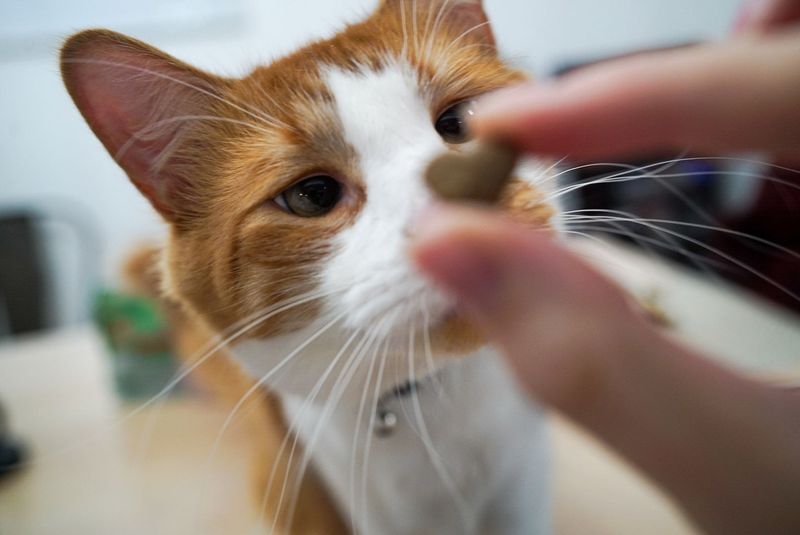
Recognizing and encouraging your cat’s good behavior is essential for reinforcing positive habits.
Use praise, petting, or treats to reward them when they engage in desirable actions, such as using their litter box or scratching designated posts. Positive reinforcement motivates your cat to repeat these behaviors.
18. Using Verbal Cues
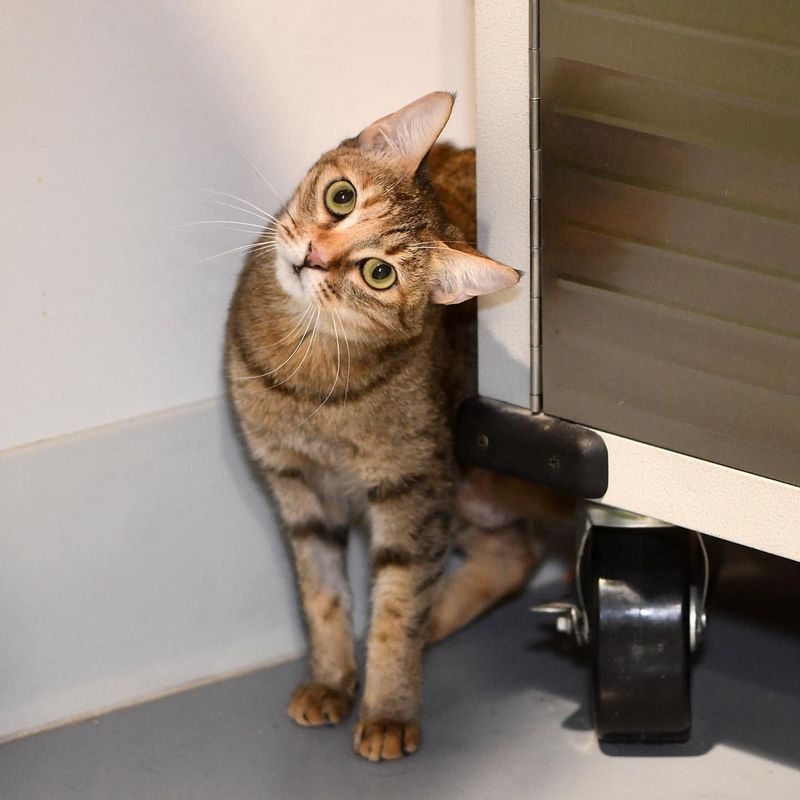
Cats can learn to associate certain words or phrases with specific actions.
Using consistent verbal cues, such as “no” for stopping undesirable behavior or “good” for positive actions, helps your cat understand what you expect from them. Clear, concise communication reinforces your training efforts and helps with behavior management.
19. Redirecting Attention
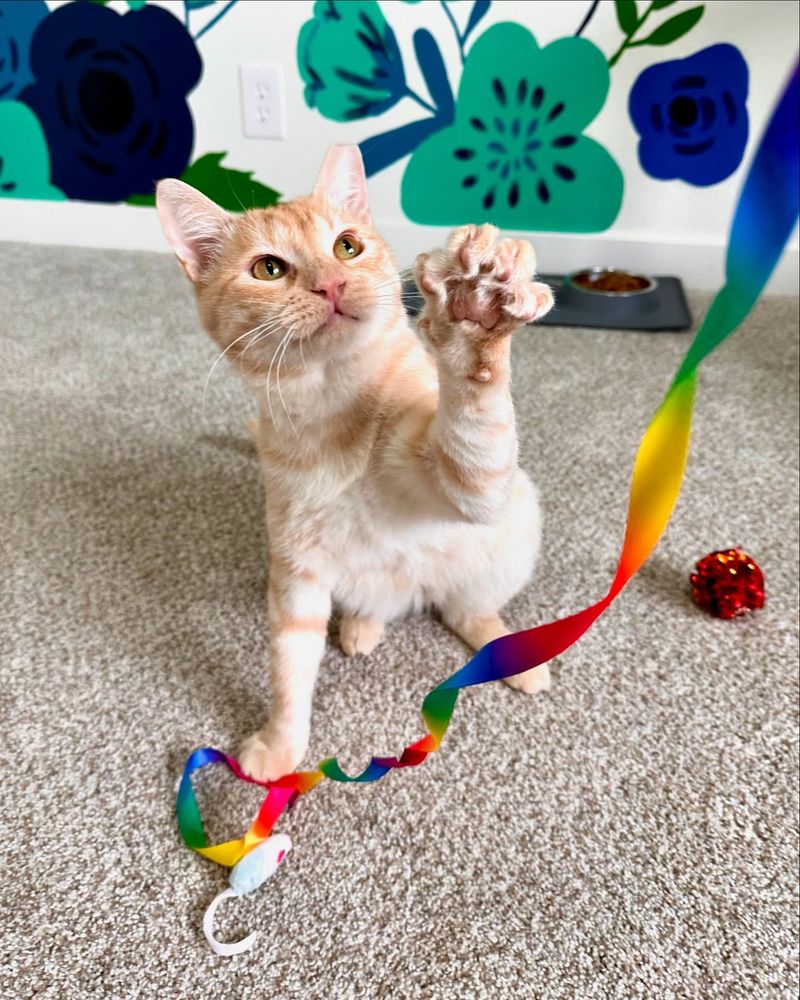
When your cat engages in unwanted behavior, redirecting their attention to something more appropriate can be an effective way to curb it.
For example, if your cat is scratching furniture, redirect them to a scratching post. This method helps guide their natural instincts toward acceptable outlets and discourages negative behavior.
20. Building Trust

Building trust with your cat is fundamental to effective discipline. Cats that trust their owners are more likely to respond positively to training.
Spend time with your cat, offer treats, and provide a calm environment to help strengthen your bond and create a sense of security for them.
21. Respecting Your Cat’s Space
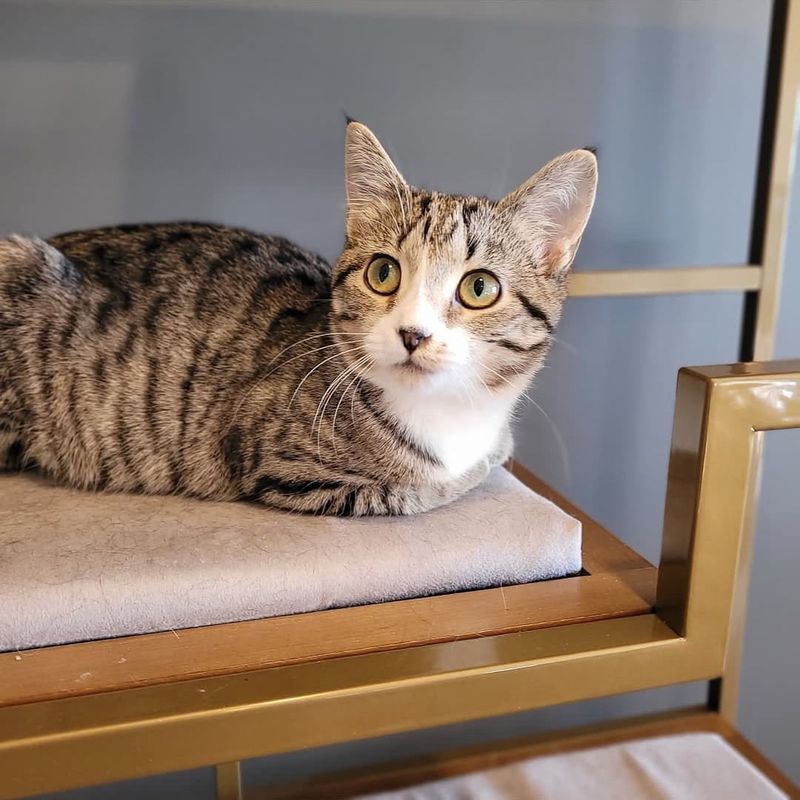
Every cat needs its own space where it can retreat and relax. Respecting this space is essential for their emotional well-being and helps prevent stress-related behaviors.
Make sure your cat has a quiet, comfortable area to retreat to whenever they need a break from interaction or stimulation.
22. Monitoring Health

Unwanted behavior can sometimes be a sign of an underlying health issue. If your cat suddenly begins acting out or exhibiting unusual behavior, it’s important to consult with a veterinarian.
Ensuring your cat is healthy can prevent behavioral issues that arise due to discomfort, pain, or illness.
23. Utilizing Technology
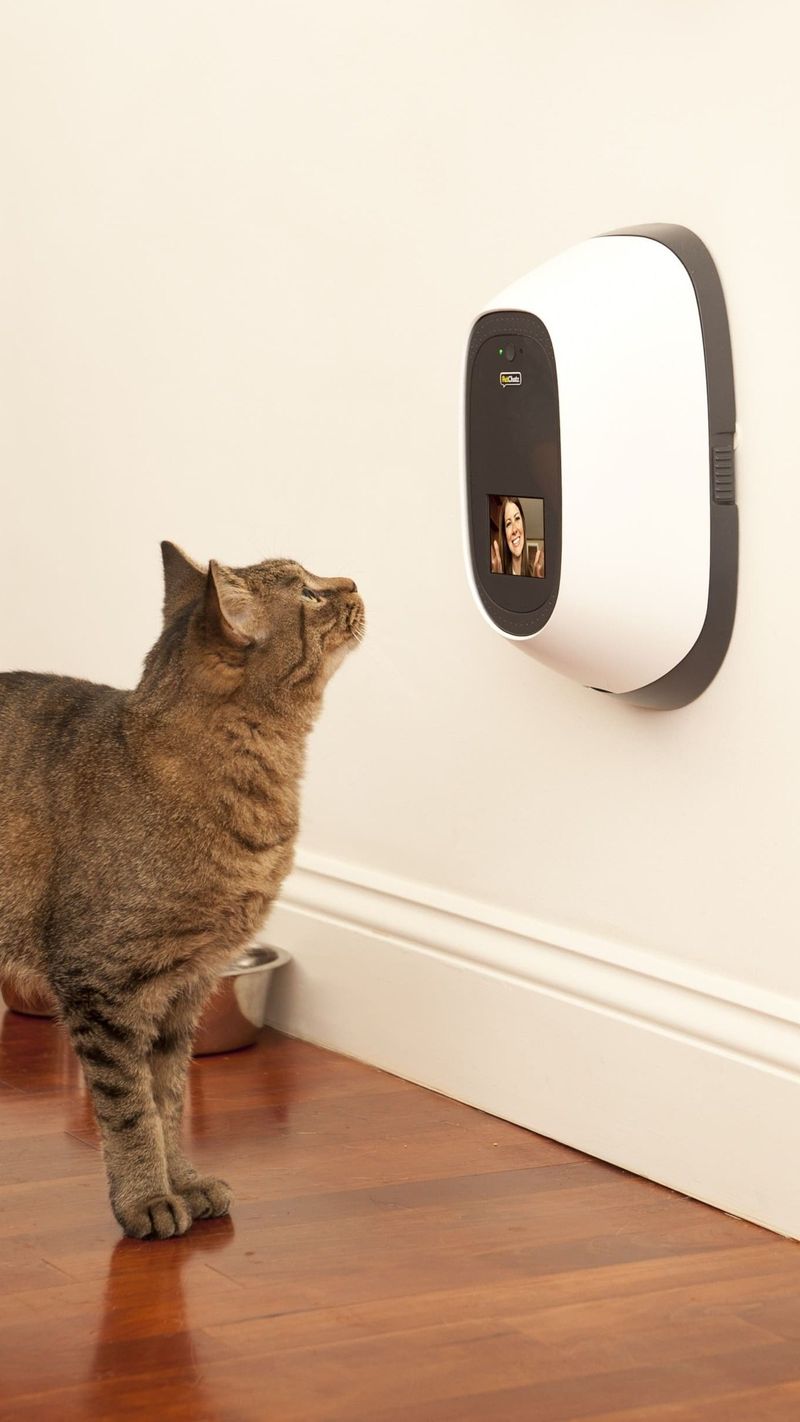
Modern technology can help monitor and manage your cat’s behavior, especially when you’re away.
Pet cameras, treat dispensers, and automated feeders can provide insight into your cat’s daily habits and allow you to keep an eye on their behavior even when you’re not at home.
These devices can also aid in training by providing rewards or positive reinforcement.
24. Understanding Feline Body Language
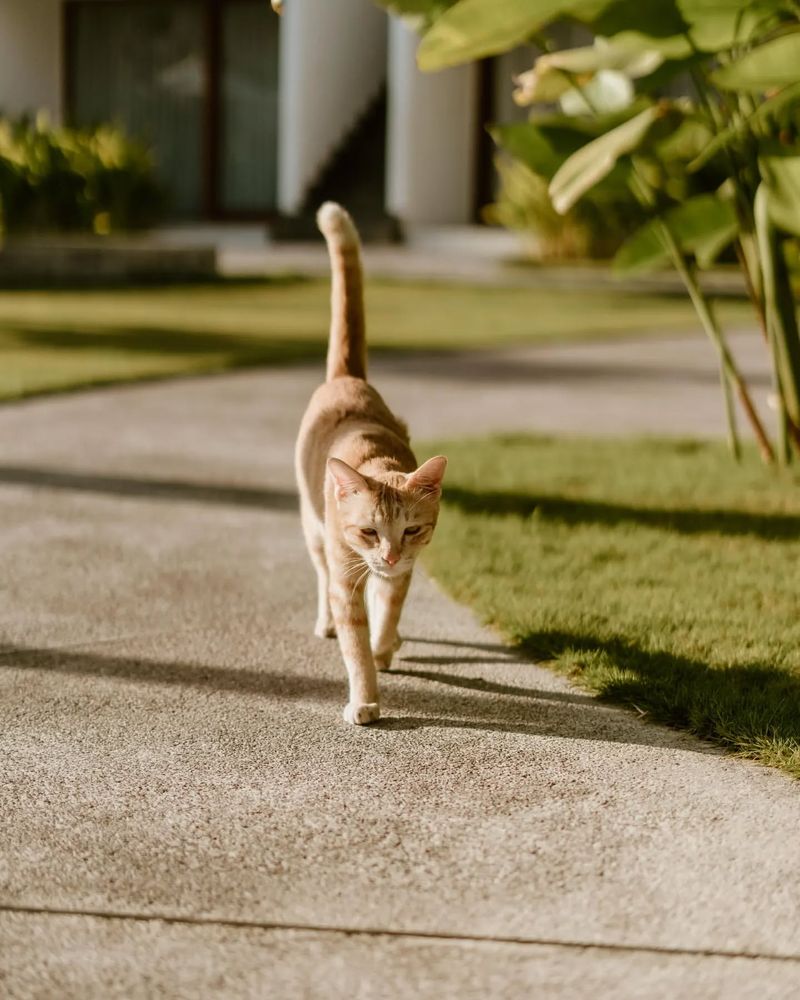
A key aspect of disciplining your cat is recognizing and interpreting its body language. Cats communicate through their posture, tail movements, ear position, and eye contact.
Understanding these signals helps you gauge your cat’s emotions and respond appropriately, whether they’re anxious, happy, or frustrated.
25. Encouraging Exploration
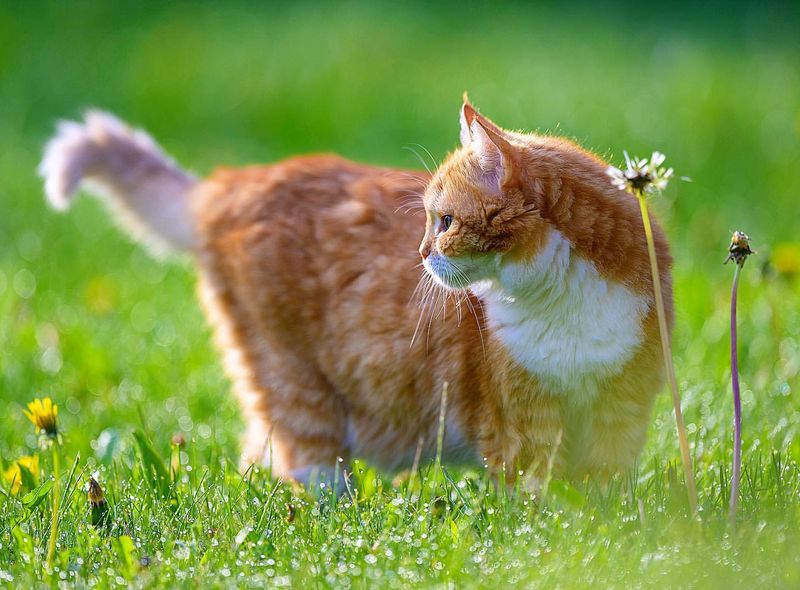
Cats are naturally curious creatures, and encouraging safe exploration can help prevent behavioral issues.
Provide new toys, climbing structures, or open windows to give your cat a stimulating environment to explore. This promotes mental enrichment and reduces boredom, helping your cat stay active and engaged.
26. Teaching Basic Commands

Teaching your cat basic commands, such as “sit” or “stay,” can be a fun and effective way to build a connection with them.
Use positive reinforcement and consistent practice to help your cat learn these simple commands. Basic obedience helps you manage your cat’s behavior while fostering a stronger bond.
27. Avoiding Loud Noises

Cats have sensitive hearing, and loud or sudden noises can stress them out or cause anxiety. When disciplining your cat, avoid using harsh sounds or yelling.
Instead, use calm, firm verbal cues and gentle deterrents to guide them toward better behavior.
28. Encouraging Independence
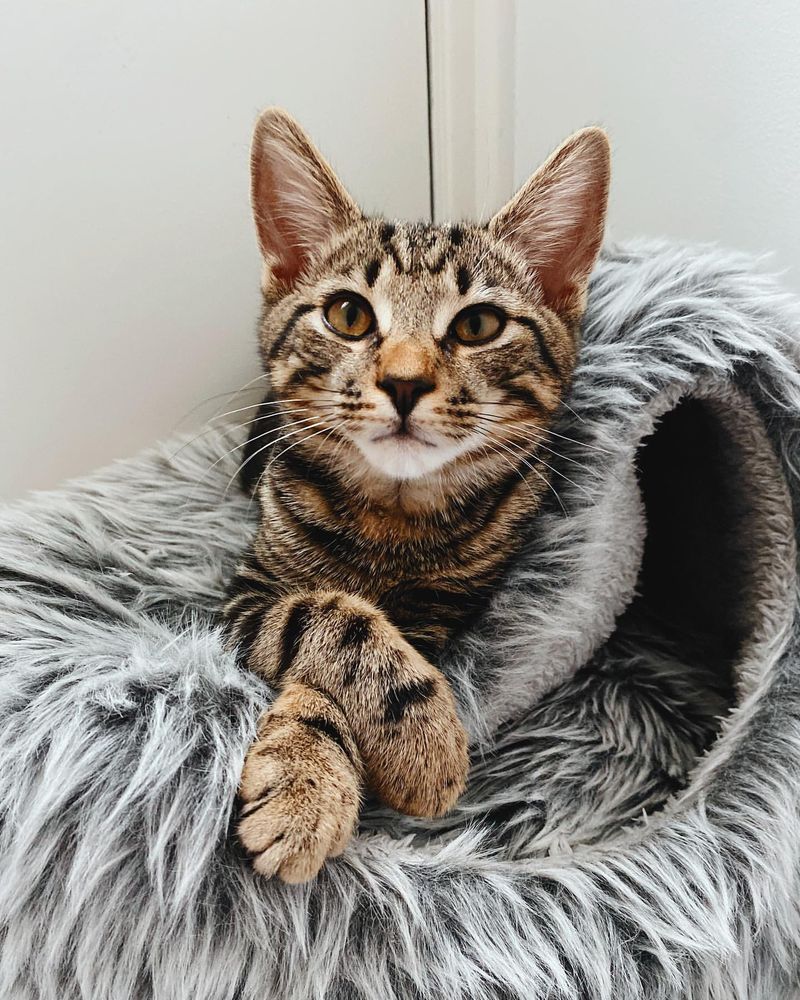
Encouraging your cat to be independent can lead to fewer behavior problems. Allow them the freedom to explore their environment and engage in solitary play.
By fostering independence, your cat will feel more confident and relaxed, reducing anxiety-related behaviors and promoting a balanced lifestyle.


